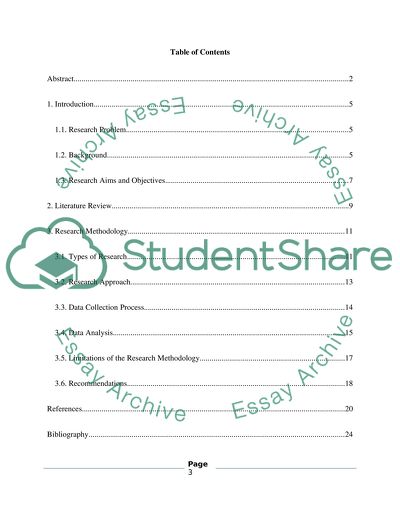Cite this document
(“Research proposal Essay Example | Topics and Well Written Essays - 3000 words”, n.d.)
Retrieved from https://studentshare.org/environmental-studies/1408361-research-proposal
Retrieved from https://studentshare.org/environmental-studies/1408361-research-proposal
(Research Proposal Essay Example | Topics and Well Written Essays - 3000 Words)
https://studentshare.org/environmental-studies/1408361-research-proposal.
https://studentshare.org/environmental-studies/1408361-research-proposal.
“Research Proposal Essay Example | Topics and Well Written Essays - 3000 Words”, n.d. https://studentshare.org/environmental-studies/1408361-research-proposal.


